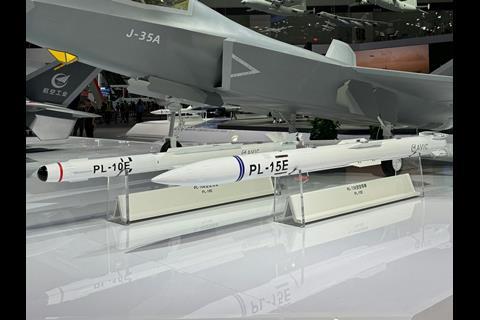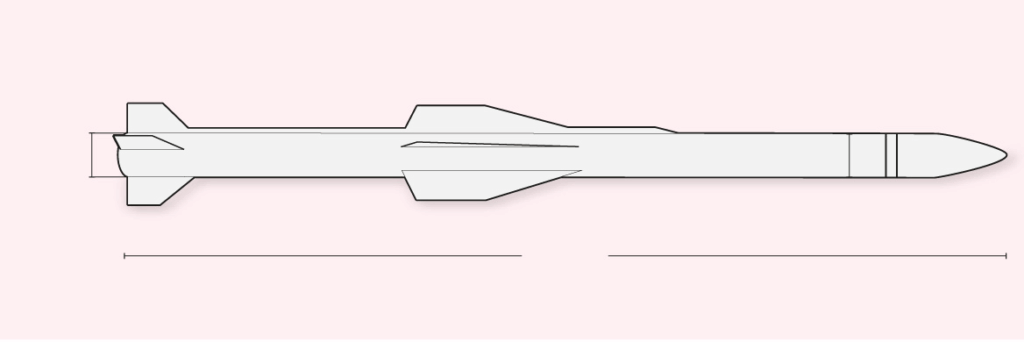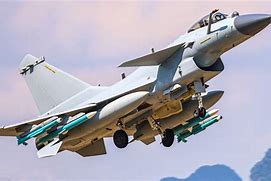Dear reader, in today’s information age and while drafting this intriguing article on the role of tech in warfare, deep research was carried out across the amorphous internet.
As I was drawing insights from various and varied sources, The Telegraph, which is a reputed newspaper in Great Britain stood out and the news reports by their widely acclaimed editor Mr. Memphis Barker pave concrete grounds.
You have a wonderful read !!

Check out his reporting here.
How Chinese tech helped Pakistan in checking Indian fighter jets
Defence avenues are abuzz about the possible involvement of Chinese aircraft in shooting down a Rafale, designed in the West.
The foreign ministry office in Pakistan called China’s ambassador to its office on war footing at 4 am on Wednesday, May 07, as they wanted to regard the exclusive events of the ongoing war.
India blamed China for advanced weaponry and complained that Pakistan used Chinese J-10C fighter jets to target and down 3 aircraft in a dogfight that lasted some hours.
The Chinese delegation was nudged to leave their beds and to report to the foreign ministry office.
India Has Refuted The Claims of Rafale Being Shot Down: Tech News updates in India
Officially, India asserts that no such imported aircraft has been targeted, but defence societies and analysts globally are reluctant not to hail China’s J10-C fighter jet.
This is evident from the fact that Chengdu Aircraft Corporation stock has skyrocketed by 20%.
This corporation manufactures the J10-C, which is credited with such an aerial feat, while India strongly denies any such descent and calls it imaginary.
Chinese Weapons Have Not Seen War So Far: Tech News updates in India
The Rafale and other killing systems developed in the West have not been sent to the war front against the Chinese components.
The Indian Air Force (IAF) is laden with 36 Rafale F3RS, which are the most advanced aircraft in service at present.

Here, a French intelligence source revealed to CNN (a prominent media house in the US) that at least one of their flying machines has been grounded.
Now, this is the first time a Rafale has been dismantled in the air and action.
Innocently enough and piously widely, when China’s foreign ministry was asked about its jets’ involvement in the war, they simply said, “not familiar with the matter.”
Nevertheless, a US official called Reuters on May 08 and apprised them about “high confidence” that a J-10C had pressed the air-to-air missiles to bring down two planes in Indian territory.
How China helped Pakistan shoot down Indian fighter jets
Here, Mr HU Jixin, a former editor at Global Times, remarked, “China’s level of military manufacturing has completely surpassed that of Russia and France”, adding that Taiwan should feel “even more scared”.

Whatever the case, the defence analysts are tight-lipped and exercise utter prudence while describing the supremacy of tech in the war games.
The rules of engagement or pilot error may have played a role in the failure of the Indian Rafale.
Let’s Get Into PL-15 Missile:
Engineers with extreme killing instinct mount the PL-15 Missile on the J-10C, and such is a novel combo which has not been used and seen in any battle before.
But then, its amplitude to shoot at targets which pilots could easily overlook appeared dominant in the general contours of May 07.

In simpler words, dear reader, the PL-15 missile picks up a speed of 3836 miles per hour, which is 5 times the speed of sound and in such an event, pilot is left with not more than 9 seconds to react as he notices the missile is directed to his machine up in the air.
Besides, it can target anything at a big distance of 300 miles, and Indian and Pakistan planes remained well within their airspace and engaged in a distant dogfight.
Several open-source experts claim that the debris of a Rafale was unearthed deep in India, in the suburbs of Bathinda city in Punjab.
Well dear reader, alongside India’s victory, Chinese technology also attracted the limelight.

China’s PL-15 missile
Made by China
Weight:
Up to 210k
Cost per unit
Up to £1.2m
Speed
Exceeds Mach 5
Range
90miles
Warhead
High-explosive fragmentation, 20-30 kg
PL 15 Fires Many Advantages:
- Once fired, it has a mammoth rocket booster which raises the velocity of the projectile over Mach 5, which is like hypersonic levels. All this takes place within a matter of moments.
- Secondly, there is an active electronically scanned array (AESA) radar, which is linked to it to target while in the air.
- As it nears the target, it turns to its own AESA radar, latches on, and closes in with lethal precision.
- Finally, with a dual-pulse motor, another burst of speed is achieved when it flies within a 10 km range of the target.
- Discount this, we have Fabian Hoffman, a prominent missile technology researcher and a non-resident fellow of the Centre for European Policy Analysis, who states that there are weapons observers in PLA who don’t hesitate to call PL-15 “a very capable missile”.
He has no qualms adding, “But obviously [if a hit is confirmed] this is now a very public demonstration of the prowess of Chinese military aerospace technologies”, that “carries outside the bubble”.
“This is another point of indication that, if there were a Taiwan conflict, you probably should not assume that Chinese technology would fail at the same rate as Russia’s during the war in Ukraine.”
“Because they are very, very fast, they have what you call a ‘no-escape zone’,” Mr Hoffmann said.
Well dear reader, other than India dominance, Chinese tech prowess also scored in this war which is something of immense consideration for the US and Taiwan.






